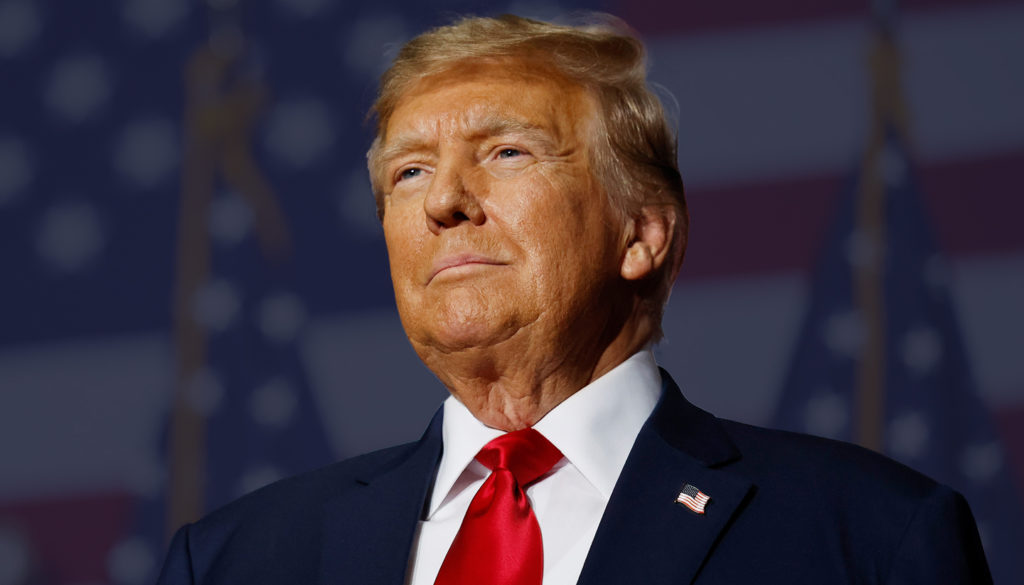
Trump Slaps 50% Tariffs on Copper, Warns Pharma Tariffs May Hit 200%

 :
| Updated On: 09-Jul-2025 @ 2:39 pm
:
| Updated On: 09-Jul-2025 @ 2:39 pmSHARE
On Tuesday, US President Donald Trump announced a significant escalation in trade protectionism, unveiling a 50% tariff on copper imports—adding to earlier duties on steel and aluminium. More controversially, Trump warned that pharmaceutical imports could face tariffs as high as 200% within a year, a move that could severely disrupt the global supply chain, especially for countries like India.
This development holds major implications for India. In the fiscal year 2024–25, India exported $2 billion worth of copper and copper-based products globally. The United States alone accounted for $360 million—17% of that total—making it India’s third-largest copper export destination, following Saudi Arabia (26%) and China (18%). While India’s copper industry, due to the mineral’s critical nature and broad applications across infrastructure, energy, and manufacturing, might absorb the decline in US demand, the pharmaceutical sector faces a more uncertain future.
The United States is India’s largest overseas market for pharmaceuticals. In FY25, India’s drug exports to the US reached $9.8 billion, marking a 21% increase from the previous year’s $8.1 billion. Currently, exports to the US account for nearly 40% of India’s total pharmaceutical exports. The Indian generics industry plays a vital role in providing affordable medicines to the US healthcare system, particularly for life-saving and essential drugs. If Trump’s proposed 200% tariff on pharmaceuticals is implemented, it could severely curtail demand for Indian exports and raise healthcare costs in the US.
During a Cabinet meeting at the White House, Trump elaborated on his plan, stating that pharmaceutical manufacturers would be given about a year to adjust. "We're going to give people about a year, a year and a half to come in and, after that, they're going to be tariffed," he said. The president also indicated that forthcoming announcements would include tariffs on pharmaceuticals, semiconductors (chips), and other unspecified but "big" items.
This move is part of Trump’s broader "America First" trade agenda, which seeks to reduce dependency on foreign imports and encourage domestic production. However, critics argue that such steep tariffs may trigger trade tensions, raise prices, and damage long-standing trade relationships.
In addition to targeting specific product categories, Trump reiterated his threat of imposing a 10% tariff on BRICS nations—Brazil, Russia, India, China, and South Africa. While he dismissed the bloc as “not a serious grouping,” he acknowledged its efforts to challenge the supremacy of the US dollar in global trade. “It’s alright if you want to challenge the dollar. But they will have to pay the tariffs. I don’t think they want that,” he said.
The proposed pharmaceutical tariffs, especially, have sparked concern across the global business community, given the US’s heavy reliance on Indian generics for cost-effective treatments. As India is a key supplier of essential drugs, any disruption in this trade flow could not only affect Indian exporters but also undermine the affordability and accessibility of medicines in the US.
In summary, Trump’s announcement marks a significant shift in US trade policy, with wide-ranging global consequences. India, with its strong ties to the US in both copper and pharmaceutical exports, stands to face serious challenges if the proposed tariffs take effect in full.